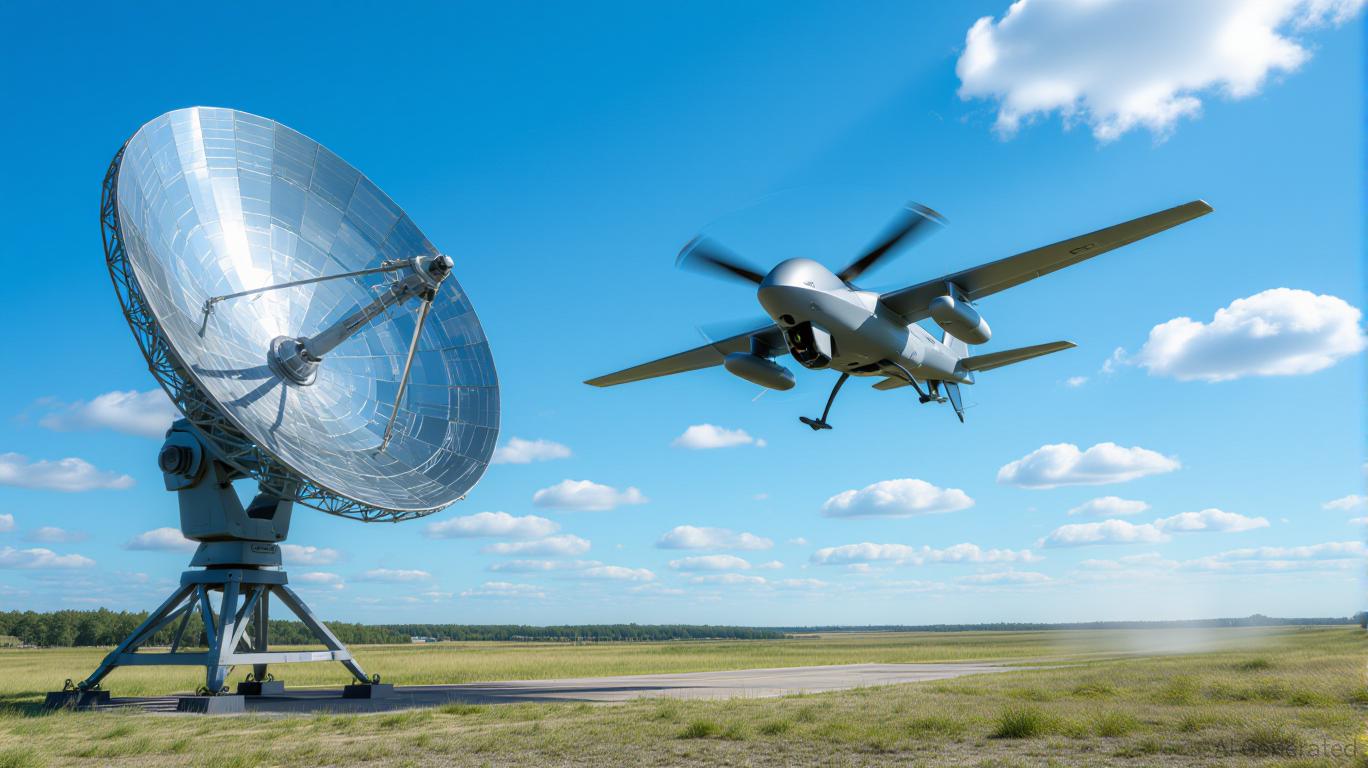The defense sector is undergoing a seismic transformation. Rising global tensions, modernization drives, and the relentless march of technology are reshaping the industry’s landscape. For investors, this volatility presents both risks and opportunities. The key lies in identifying undervalued defense companies poised to capitalize on these shifts—and few firms are better positioned to guide this search than Houlihan Lokey, whose M&A and advisory expertise has illuminated strategic pathways in the sector over the past two years.
Houlihan Lokey’s Industrials Group has consistently ranked as the top M&A advisor in the global industrials sector, a testament to its ability to execute complex transactions and identify high-impact opportunities. From 2023 to mid-2025, the firm has advised on over 80 defense-related deals, including the acquisition of Ricardo Defense, Inc. by Proteus Enterprises and Gladstone Investment Corporation, and the sale of Ghost Robotics to LIG Nex1 and Korea Investment Private Equity. These transactions highlight a recurring theme: the growing demand for niche technologies and specialized capabilities in an era where traditional defense models are being upended.
Emerging Trends and Strategic InsightsTechnology-Driven Consolidation: Houlihan Lokey’s advisory work underscores a shift toward companies with advanced technological offerings. For example, the acquisition of Satelles by Iridium—focused on satellite-based location and timing solutions—reflects the sector’s pivot toward space-based infrastructure. Similarly, the sale of Parry Labs, LLC to Capitol Meridian Partners highlights the value of R&D-focused firms in areas like cybersecurity and AI.
International Partnerships and Diversification: Global tensions have spurred cross-border collaborations. Houlihan Lokey’s role in the sale of Ghost Robotics to South Korean firms and the acquisition of Maticmind (a CVC Capital portfolio company) by General Dynamics exemplifies this trend. Such deals not only diversify supply chains but also align with the U.S. and European defense strategies emphasizing regional manufacturing and strategic autonomy.
Private Equity’s Growing Influence: Private capital is increasingly fueling defense innovation. The acquisition of Capewell’s Aerial Delivery & Descent Devices Business by HEICO Corp., advised by Houlihan Lokey, illustrates how private equity-backed firms are acquiring specialized assets to meet surging demand for precision logistics and drone-based solutions.
 The Investment Case: Balancing Offense and Defense
The Investment Case: Balancing Offense and Defense
Investors seeking exposure to the defense sector must balance long-term strategic bets with short-term fiscal realities. While defense budgets are expanding—global spending is projected to exceed $2.4 trillion by 2025—not all companies will benefit equally. Houlihan Lokey’s track record suggests three key criteria for identifying undervalued plays:
Niche Technological Expertise: Firms with proprietary technology in areas like AI, robotics, or satellite communications are better positioned to capture market share. For instance, HEICO Corp. (HECO), which acquired Capewell’s aerial delivery business, has seen its stock outperform peers due to its focus on high-margin, specialized components.
Strategic Partnerships: Companies that form alliances with global defense giants or private equity firms often gain access to capital and markets. The acquisition of Ricardo Defense by Proteus Enterprises, for example, was driven by the latter’s ability to scale Ricardo’s advanced propulsion technologies.
Resilient Business Models: Firms with recurring revenue streams or long-term contracts are less vulnerable to cyclical downturns. Elbit Systems’ $340 million, ten-year munitions contract with Israel’s Ministry of Defense is a case in point, offering stability in an otherwise volatile sector.
Navigating Risks
While the defense sector’s tailwinds are compelling, risks remain. Geopolitical volatility can lead to abrupt shifts in procurement priorities, and regulatory scrutiny of foreign investments is intensifying. Investors must also contend with valuation premiums in tech-driven subsectors, which have outperformed traditional defense contractors.
Houlihan Lokey’s advisory work, however, provides a framework for mitigating these risks. By focusing on companies with clear differentiation—such as Ghost Robotics’ autonomous ground systems or Satelles’ satellite timing solutions—investors can avoid crowded markets and target firms with defensible moats.
Conclusion: A Strategic Approach to Allocation
The defense sector is no longer a backwater for investors. With budgets rising, technology accelerating, and global instability persisting, the industry is evolving into a critical arena for capital allocation. Houlihan Lokey’s M&A and advisory expertise offers a roadmap for identifying undervalued opportunities, particularly in technology-driven niches and international partnerships.
For investors, the challenge is to balance offensive bets on high-growth tech plays with defensive allocations in established firms with stable cash flows. By leveraging Houlihan Lokey’s insights—such as its focus on private equity-backed acquisitions and cross-border collaborations—portfolios can be structured to thrive in both calm and turbulent times.
In the end, the key to success lies in aligning with the forces reshaping the sector: innovation, diversification, and strategic agility. The companies Houlihan Lokey has spotlighted over the past two years are not just beneficiaries of current trends; they are architects of the defense landscape to come.
